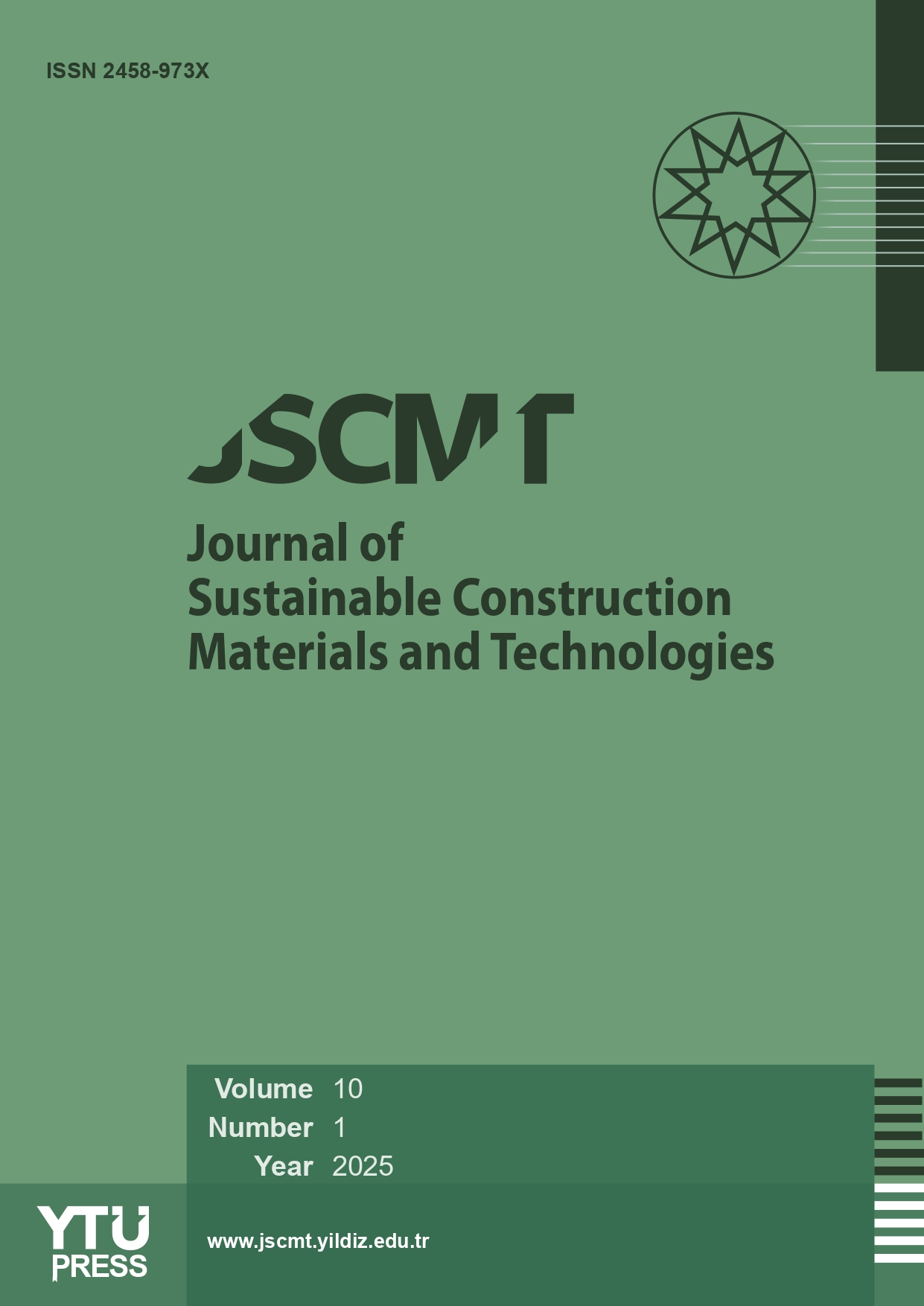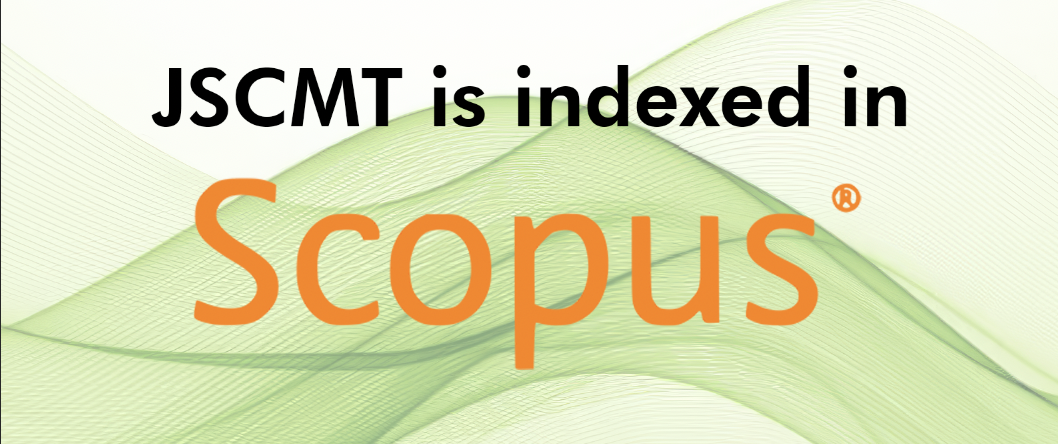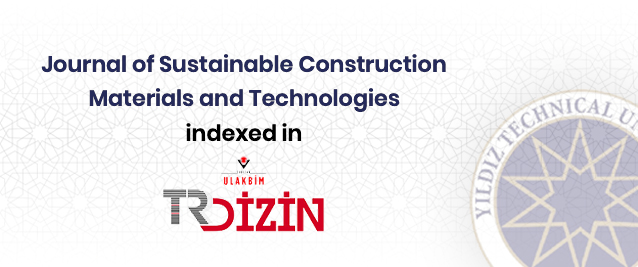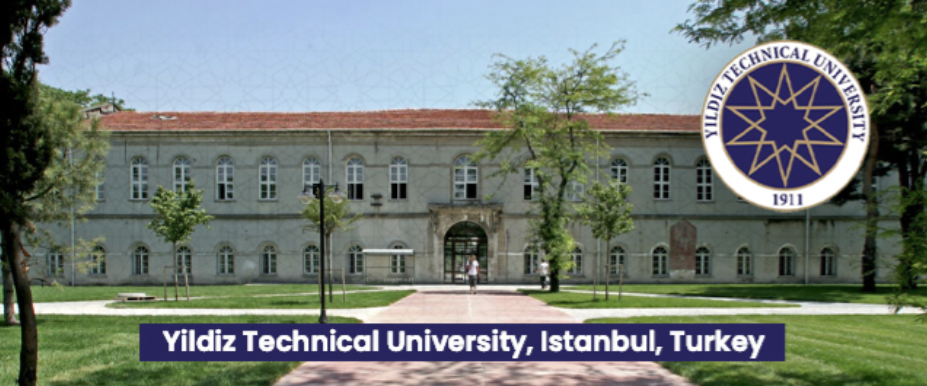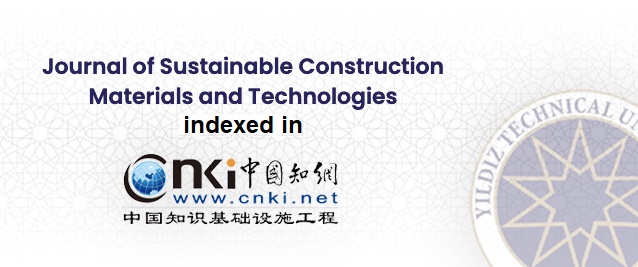Submission
Manuscripts should be submitted by one of the authors of the manuscript through the online Manuscript Tracking System. Regardless of the source of the word-processing tool, only electronic PDF (.pdf) or Word (.doc, .docx, .rtf) files can be submitted through the MTS. There is no page limit. Only online submissions are accepted to facilitate rapid publication and minimize administrative costs. Submissions by anyone other than one of the authors will not be accepted. The submitting author takes responsibility for the paper during submission and peer review. If for some technical reason submission through the MTS is not possible, the author can contact jscmt@yildiz.edu.tr for support.
How do I submit an article?
Click the "Article Submission" button from the DergiPark homepage. Select a journal using the filters on the left and click journal title.
You can send your submission with "Submit Article" button.
Before submitting your article, please contact the journal editor and ask your questions.
Click to submit an article.
Click here to see author's process pages.
This journal offers authors
- This journal assesses NO submission fees, publication fees (article processing charges), or page charges.
- no publishing charges
- no proofreading charges
- full text of papers available free on-line (open access)
- no page charges
- fast publication times: your paper will appear online as soon as it is ready, in advance of the print version
- free color online, and in print at the discretion of the Publisher
- electronic offprint of your published paper will be sent to ten colleagues of your choice, giving your article an increased chance of being cited quickly
- full electronic submission in any format
- a rigorous, fast and constructive peer review process
- free plagiarism checking
- Our submission system is very flexible so that the authors may submit their initial manuscript in any format that they want and no need to follow the format of Journal.
DOI numbers will be given to all published papers and they can be seen from the link below:
http://eds.yildiz.edu.tr/jscmt/Articles
Publishing fee or charges: This journal assesses no submission fees, no publication fees (article processing charges), or page charges.
Advertisement policy: Journal of Sustainable Construction Materials and Technologies does not accept advertisements; the journal is sponsored by the Yıldız Technical University. Journal Sustainable Construction Materials and Technologies has no direct marketing policy; the journal is sponsored by the Yıldız Technical University.
Terms of Submission
Papers must be submitted on the understanding that they have not been published elsewhere and are not currently under consideration by another journal or any other publisher. The submitting author is responsible for ensuring that the article's publication has been approved by all the other coauthors. It is also the authors' responsibility to ensure that the articles emanating from a particular institution are submitted with the approval of the necessary institution. Only an acknowledgment from the editorial office officially establishes the date of receipt. Further correspondence and proofs will be sent to the author(s) before publication unless otherwise indicated. It is a condition of submission of a paper that the authors permit editing of the paper for readability. All enquiries concerning the publication of accepted papers should be addressed to jscmt@yildiz.edu.tr.
Peer Review
Manuscripts submitted to Journal of Sustainable Construction Materials and Technologies will undergo a single-blind peer-review process. The reviewing process is single-blind, so the authors never see the reviewers' name. Each submission will be reviewed by at least two external, independent peer reviewers who are experts in their field in order to ensure an unbiased evaluation process. The editorial board will invite an external and independent editor to manage the evaluation process of manuscripts submitted by editors or by the editorial board members of the journal. The editor-in-chief is the final authority in the decision-making process for all submissions.
Reviews are typically completed within one month of submission to the journal. Authors will be sent constructive reviewer comments intended to be useful. In general, the instructions, objections, and requests made by the reviewers should be followed. The revised manuscript should clearly and precisely indicate every step taken in accordance with the reviewers' notes. A list of responses and the corrections made to each comment should be provided.
Article Structure:
Title and Authorship Information:
The following information should be included
- Paper title
- Full author names
- Full institutional mailing addresses
- Email addresses
- Authors ORCID IDs
§ Research Articles reflects an original experimental and/or theoretical research works. A coherent treatment emphasizing new insight is expected rather than a simple accumulation of data.
§ Review Articles include authoritative reviews of recent advances in the basic and applied sciences with emphasis on the fundamental aspects of the subject. Manuscripts are generally of greater length than those found in other categories but contributions dealing in part with original research are not excluded. Contributors who may be invited by the editors, or who may submit outline proposals directly are offered a small royalty upon the publication of the article.
Abstract
The manuscript should contain an abstract. The abstract should be self-contained and citation-free and should not exceed 200 words.
Introduction
This section should be succinct, with no subheadings.
Materials and Methods
This part should contain sufficient detail so that all procedures can be repeated. It can be divided into subsections if several methods are described.
Results and Discussion
This section may each be divided by subheadings or may be combined.
Conclusions
This should clearly explain the main conclusions of the work highlighting its importance and relevance.
Acknowledgments
All acknowledgments (if any) should be included at the very end of the paper before the references and may include supporting grants, presentations, and so forth.
References
APA reference system should be used for the references in the manuscript, For example;
References
[1] Ortega, J., Esteban, M., Rodríguez, R., Pastor, J., Ibanco, F., Sánchez, I., & Climent, M. (2017). Long-Term Behaviour of Fly Ash and Slag Cement Grouts for Micropiles Exposed to a Sulphate Aggressive Medium. Materials, 10(6), 598. https://doi.org/10.3390/ma10060598
[2] Fonseca, F. S., Godfrey, R. C., & Siggard, K. (2015). Compressive strength of masonry grout containing high amounts of class F fly ash and ground granulated blast furnace slag. Construction and Building Materials, 94, 719–727. https://doi.org/10.1016/j.conbuildmat.2015.07.115
[3] Thakur, Y. K., Kumar, M. G., & Chopra, T. G. (2014). Effect of Marble Dust and Furnace Slag as Sand Replacement Materials on Strength Properties of Pavement Quality Concrete (PQC) (Doctoral dissertation).
[4] Bras, A., Henriques, F. M., & Cidade, M. (2010). Effect of environmental temperature and fly ash addition in hydraulic lime grout behaviour. Construction and Building Materials, 24(8), 1511–1517. https://doi.org/10.1016/j.conbuildmat.2010.02.001
Authors are responsible for ensuring that the information in each reference is complete and accurate. All references must be numbered consecutively and citations of references in text should be identified using numbers in square brackets (e.g., “as discussed by Smith [9]”; “as discussed elsewhere [9, 10]”). All references should be cited within the text; otherwise, these references will be automatically removed.
Preparation of Figures
Upon submission of an article, authors are supposed to include all figures and tables in the PDF file of the manuscript. Figures and tables should not be submitted in separate files. If the article is accepted, authors will be asked to provide the source files of the figures. Each figure should be supplied in a separate electronic file. All figures should be cited in the paper in a consecutive order. Figures should be supplied in either vector art formats (Illustrator, EPS, WMF, FreeHand, CorelDraw, PowerPoint, Excel, etc.) or bitmap formats (Photoshop, TIFF, GIF, JPEG, etc.). Bitmap images should be of 300 dpi resolution at least unless the resolution is intentionally set to a lower level for scientific reasons. If a bitmap image has labels, the image and labels should be embedded in separate layers.
Preparation of Tables
Tables should be cited consecutively in the text. Every table must have a descriptive title and if numerical measurements are given, the units should be included in the column heading. Vertical rules should not be used.
Proofs
Corrected proofs must be returned to the publisher within 2-3 days of receipt. The publisher will do everything possible to ensure prompt publication. It will therefore be appreciated if the manuscripts and figures conform from the outset to the style of the journal.
Copyright
Articles published in JSCMT Journal of Sustainable Construction Materials and Technologies have the international license of (CC-BY-NC) "Creative Commons Attribution-NonCommercial 4.0". Accordingly, the authors who publish their articles in the journal are deemed to have accepted the following conditions:
• The author(s) retain the copyright of the article and give the journal the first publication right. The article is licensed under the Creative Commons Attribution license, which allows it to be shared by others, provided that the author(s) are specified and published first in this journal.
• The author(s) can make a separate agreement for the distribution of the published version in the journal of the article (such as sending to an institutional database or publication in a book) without giving full authorization.
• The author(s) can share the published version of the article on the corporate database or on their own websites. This can lead to efficient exchanges, earlier dissemination of the article and more citations. (See The Effect of Open Access)
Download: JSCMT-Copyright Form
Creative Commons License ( CC-BY-NC License)
Indicates that the article has a Creative Commons Attribution-Non Commercial 4.0 international license. If your article has this license, you can do the following;
• You can share, copy and reproduce the article published in the journal in any size and format provided that you provide the source.
• The licensor does not restrict freedoms as long as you maintain the license terms.
By providing that the following conditions are met;
Attribution: You must give the appropriate information, the license link, and if the change was made, the change information. You may properly carry out these operations without the knowledge that the licensor approves your use.
Non-commercial: You may not use this article for commercial purposes.
Not derived: If you mix, transfer, or work on the material, you may not distribute updated material.
No additional restrictions: You may not limit the rights permitted by the license on others by law or by using technology.
The use of general descriptive names, trade names, trademarks, and so forth in this publication, even if not specifically identified, does not imply that these names are not protected by the relevant laws and regulations.
While the advice and information in this journal are believed to be true and accurate on the date of its going to press, neither the authors, the editors, nor the publisher can accept any legal responsibility for any errors or omissions that may be made. The publisher makes no warranty, express or implied, with respect to the material contained herein.


